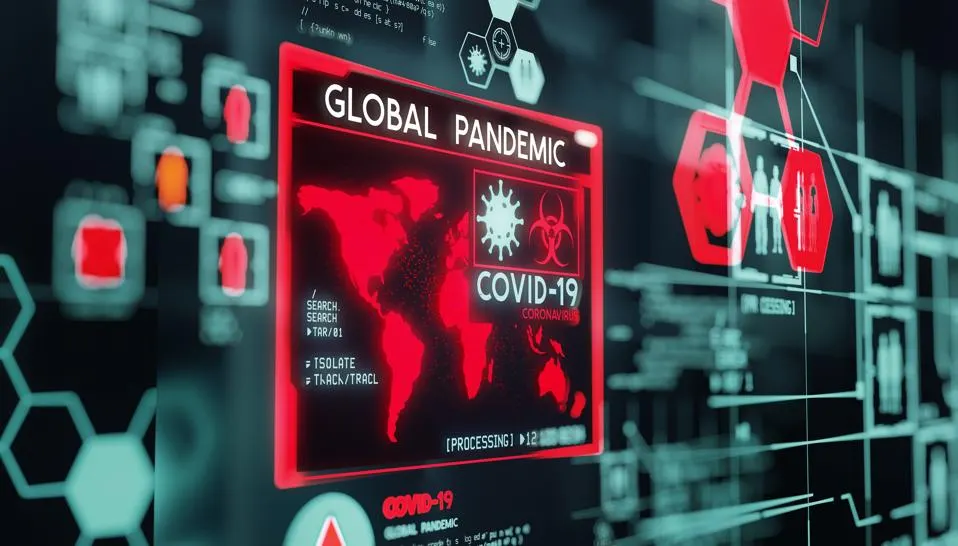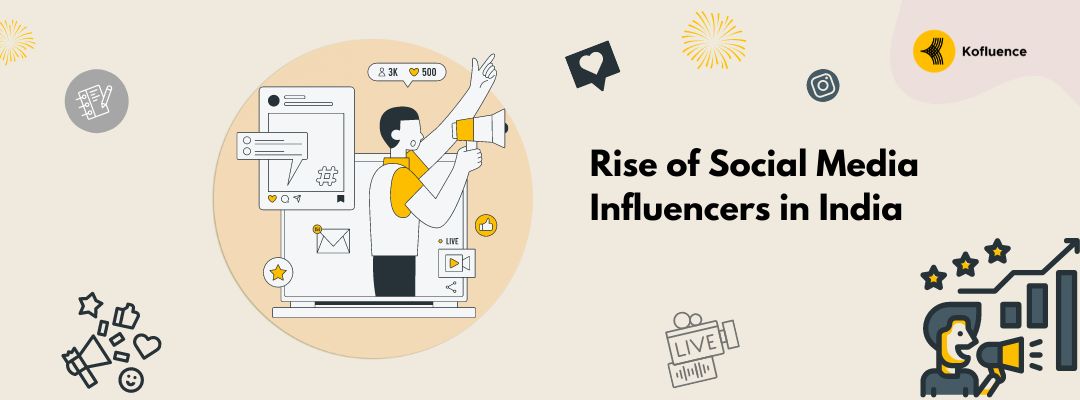PANDEMIC ANALYTICS

�COVID-19 will reshape our world. We don�t yet know when the crisis will end. But we can be sure that by the time it does, our world will look very different.� -Joseph Borrell
The world as we knew changed forever when the novel coronavirus took over our everyday life. With millions of lives lost across the globe, these unprecedented times have caused an uproar that almost seems unreal.
As the world is grappling with the economic manifestations brought on due to the emergence of COVID-19, data analytics is acting as a benefactor to epidemiologists working along with data scientists, as they assess the magnitude of this catastrophe.
With the spread of coronavirus, a new branch of analytics has also gained popularity to help fight off this virus called the �Pandemic Analytics�. When analytics was used to fight off the global outbreak, pandemic analytics was born. It is the modern-day solution to an age-old problem � the prevalence of infections.
But this is not the first time analytics is being used to triumph over an outbreak. In the 1850s, London was festering with widespread cholera cases. The father of epidemiology, John Snow detected a nucleus of cholera cases around water pumps across the city. This was the first time scientists used data to curb a pandemic by calculating the risk, defining the problem and developing a counter-strategy to fight off the infection.
Since understanding the benefits of integrating analytics with the public health sectors, many health policy experts have been proposing their harmonization with each other. Using analytical methods during COVID-19, efficient allocation of hospital resources and bed availability was made much easier, resulting in minimizing the mortality rate by a substantial extent.
In large parts of the world, healthcare administrators are using data-driven forecasting methods to allocate medical resources and personnel. These alternatives have risen with the use of algorithms used in machine learning to help analyze all the available data like the number of deaths, confirmed cases, numbers of tests conducted and their results, contact tracing and availability of medical resources � and offer predictive insights accordingly.
As the contagion spreads and more data is being collected, data scientists are learning from it and taking it into account for coming up with future solutions. This will help them predict and forecast future questions like where the next cluster of infections is most likely to arise from, which demographic is more susceptible, and how the virus may mutate over time; along with their solutions.
Another aspect of data analytics that hit the curb early on was Artificial Intelligence (AI). Before the WHO made the whole world aware of the arrival of COVID-19, a Toronto-based startup called BlueDot had already intercepted a mysterious, but similar to the 2003 SARS outbreak, pneumonia strain within Wuhan. Subsequently, AI along with machine learning has been an integral part of fighting off the coronavirus and decreasing the diagnosis time, freeing up healthcare workers' time to focus on treating patients in critical need.
As the world continues its battle with COVID-19, one thing is clear only technology can help us triumph over this uncharted territory. Although the future remains filled with uncertainties, analyzing and obtaining insights from the knowledge the world has accumulated by far, is our greatest strength.
As the world�s greatest minds work together to eradicate the coronavirus, �Pandemic Analytics� will help us pave the way for leading solutions needed to fight off COVID-19.
Comments

Leave Comment


 SHREYA VERMA
SHREYA VERMA 


No Comments ...